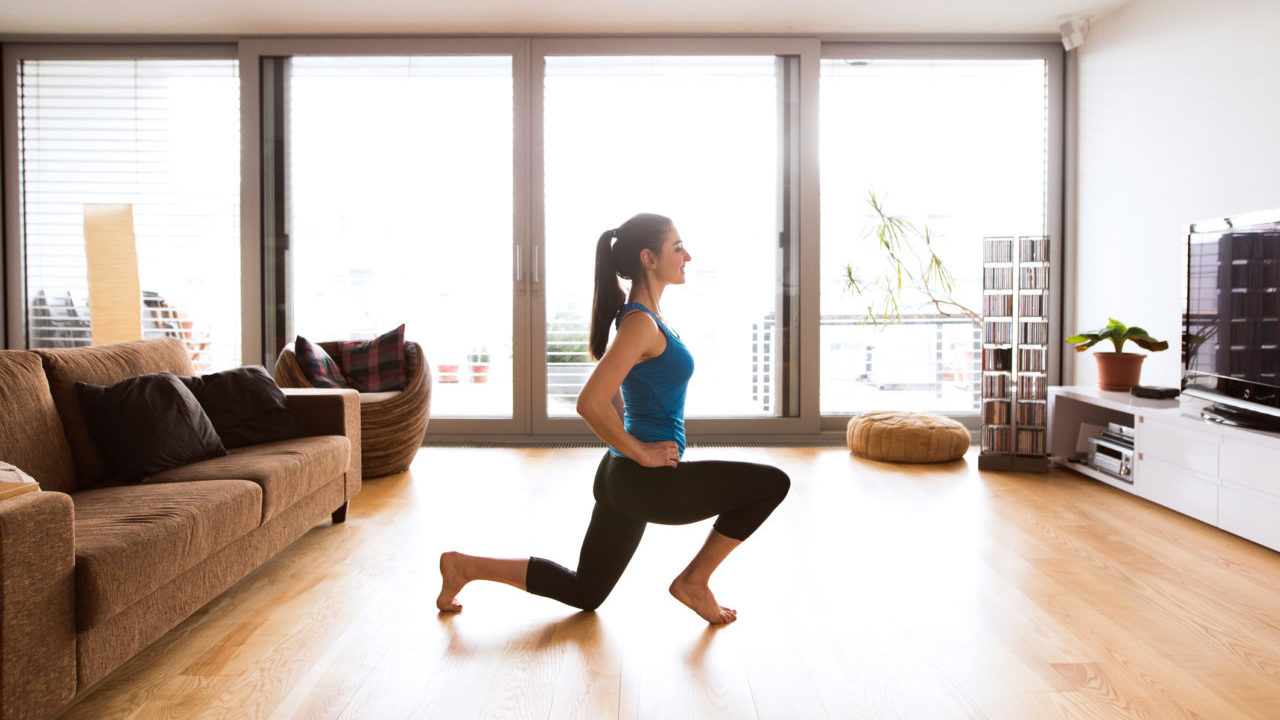Health
6 Lower Body Stretches You Should Be Doing
If you don’t already include stretching as part of a workout routine then you’re already behind the curve! It should be integrated into every training plan you follow, before and after your workout to prevent injuries and make you feel more flexible.
So to help you catch up, we’ve compiled a list of 6 stretches you can do anywhere in a short space of time… so no making excuses!
Hip Flexor Stretch
Why?
This stretch is essential to help prevent your lower back and hips from becoming painful as they help you to walk, kick, bend and swivel your hips.
How to perform:
• Kneel on one knee, placing your other leg in front of you with a 90 degree bend.
• Push your hips forward, keeping your torso upright until you start to feel a nice stretch at the top of your thigh.
• Hold this position for 10-15 seconds and then swap sides.
Hamstring Stretch
Why?
Your hamstrings can become tight after cardio exercise and if left unattended can pull or tear, which can be extremely painful and leave you out of action for up to 3 months!
How to perform:
• Sit on the floor with one leg extended out in front of you and the other bent.
• Slowly reach down your outstretched leg until you feel a nice stretch.
• Hold that position for 10-15 seconds and don’t bounce into the stretch.
• Repeat on the other side.
Calf Stretch
Why?
Making sure that your calves are nice and limber is essential for running and can help prevent a number of injuries including the knee, ankle and hips by relieving strain on other muscle groups.
How to perform:
• Place the toes of either foot on an elevated surface (e.g. weights/step/curb)
• Put your other foot ahead of the calf you’re stretching, allowing your back foot to gently dip down without bending the knee.
• Hold for 10-15 seconds and repeat on the other side.
Thigh/Quad Stretch
Why?
Tight quads can lead to other muscles becoming tight and strained, as well as leave your hamstrings weak. A severe lack of stretching and strengthening of these muscles can lead to injuries around the knee, knee caps and muscles surrounding.
How to perform:
• Stand up straight on one leg and grab the opposite leg by the ankle with your hand.
• Pull your heel towards your bottom, keeping the knees together, torso straight and allow a slight bend in the standing leg.
• Hold for 10-15 seconds, then repeat on the other leg.
Lower Back Stretch
Why?
Sit at a desk all day for your job? Then this should be number 1 on your list! Sitting for prolonged periods of time can increase the risk of lower back pain, and the best way to combat it, you guessed it, is stretching! It is also super helpful for improving function and lowering the chances of muscle spasms.
How to perform:
• Lie on the floor facing upwards with your knees bent and feet together.
• Gently maneuver both knees to one side as far as you can. Make sure you don’t feel any pain whilst doing this (you can also stretch the opposite leg to which side you’ve rolled across for a bigger stretch if you feel comfortable).
• Repeat this 5-10 times on each side, holding for a couple of seconds each.
Glute stretch
Why?
Your glutes are essential for all cardio exercises using your legs, and what a lot of people don’t know is that sitting for long periods of time can make them weak and seriously ramp up your risk of injury. Lower back pain and tight hips are also side effects of having poor glute strength and mobility.
How to perform:
• Sit on the floor with your legs bent in front of you.
• Gently place one of your ankles across the top of your opposite knee/lower thigh.
• Hold your foot on the floor in place and gently push yourself bottom forwards until you start to feel a stretch in your glute, do not bounce in the stretch.
• Hold for 10-15 seconds then switch to the other side.














